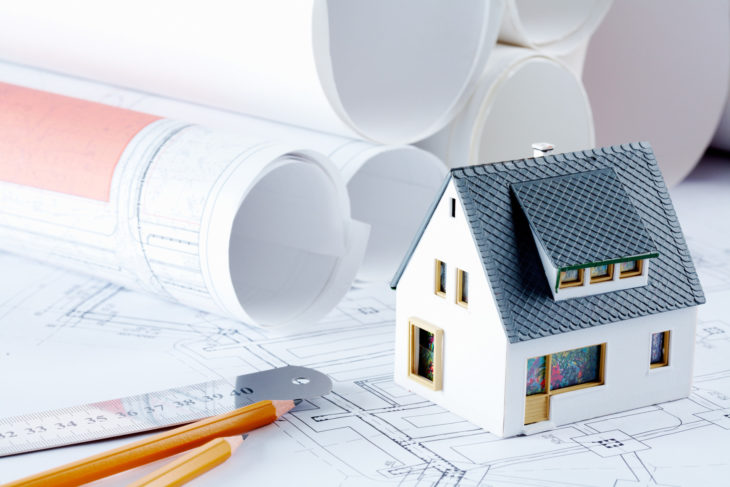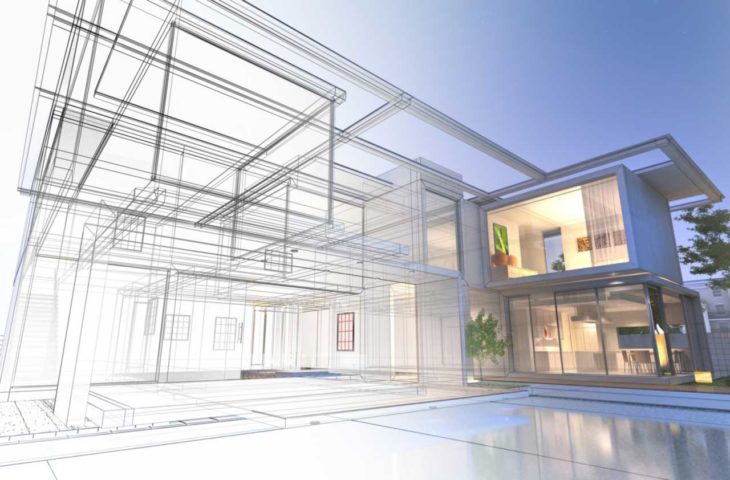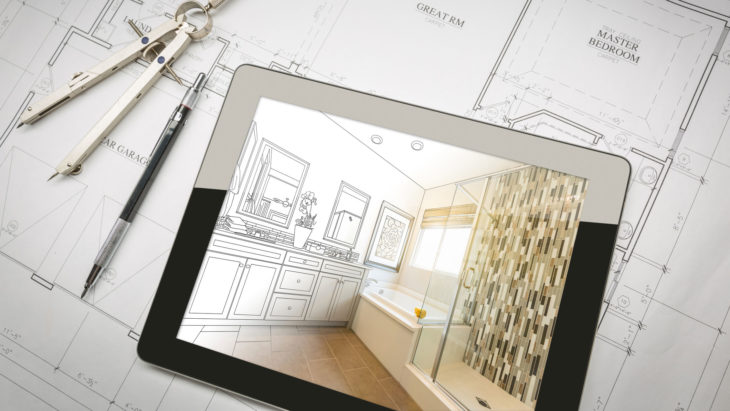Being able to choose your home’s layout; building the house your children will grow up in; putting your ideal home in the perfect location. These are all reasons people choose to start the epic (and rewarding) journey of building their own home.
House hunting is a difficult, time-consuming and an often stressful task. Sometimes people will say, “The location is perfect, but the house isn’t right.” or “I wish I could pick the house up and put it in this location.” For this reason, many families will go down the route of planning, designing and building their own home.
Many people fund their home builds with services like construction loans from Fundbox. Although some people think building their own home may be a costly process, towards the end of 2019, research actually showed that construction loans have become easier and cheaper to access. With there being more interest in building new homes now than ever before, here are 8 things to consider when going through that journey.
Contents
1. Location

Source: legendvalley
When you’re starting the exciting project of building your own home, location is going to be one of the most important things to think about. Yes, you want your perfect house, but it also needs to be in an area that you love.
Think about researching local areas with plots for sale. Once you’re in this initial research process, things to consider are:
- Are there local transport links?
- What are the local amenities like?
- Are there schools in the area?
- Could you see yourself living in the area?
- What’s the crime rate like?
If you have an area in mind, this will be easy. If you’re open to trying somewhere new, a bit more research will need to go into this process.
2. Plot

Source: hydrothunderofkeywest
Once you’ve decided on a location, you’ll need to find the perfect plot to build your house. You can sign up to real estate portals online which will notify you when land in your chosen area has been posted for sale.
When you think you’ve found the ideal plot, you’ll need to get it surveyed. There is a lot to consider when deciding if the land is safe to build on. It needs to be surveyed to see if the history of the ground could cause any hazards. For example, you need to consider the groundwater table to ensure there’s no risk of flooding and to avoid the expense of specialist foundation designs. Also, it’s common to check for things like mineshafts and contamination too. A surveyor will take care of this for you. Ask for land surveyors like what’s offered by candasurveyors.com.au before executing any major activity for your project.
Once you’ve got the ‘go-ahead’ from the surveyor, you can put your offer in and start the process for the purchase of the land. The process is not as hard as one may think. You can buy land with simple steps. According to Land.US, there are few important and major steps for you to keep in mind, including evaluation of your financial position, understanding closing costs, obtaining all required documents and permits, and finding an experienced land inspector. After considering all pros and cons of buying land, you will be ready for starting the process.
3. Design

Source: mcdonaldjoneshomes
Now it’s time to consider the exciting part; putting the design together. You’ll need to carefully select an architect who you feel can help bring your home design to life. The architect will sit with you and discuss your budget, use of the property, sustainability etc. and once they have what they need, they’ll start the process of concept, developed and detailed design.
4. Structure

Source: mcdonaldjoneshomes
You’ve got your plot and your design, now it’s time to make sure your home will be structurally safe. Your architect will need to work with structural engineers to confirm your preference of materials and provide calculations for safe and supported construction. The choice of the engineering consultant is sometimes decided by the architect (if they have someone they regularly work with), unless you have a preference yourself.
5. Planning Permission

Source: ashton-paul
When you have a finished design that you’re happy with, it’s time to move onto gaining planning permissions. This can sometimes be a lengthy process depending on your home design and location. However, part of an architect’s job is to plan your home with regulations in mind, so as long as everything is relatively straight forward, hopefully there won’t be any delays.
6. The build

Source: kiplinger
Once you’ve been given the go-ahead and had your planning permission confirmed, the fun can start. You’ll need to source an experienced, reputable team of contractors who you have faith in to carry out the construction of your dream home and then the build can begin. That is, of course, unless you have the skills to build yourself!
If you’re unsure of the best contractors to work with, your architect/engineering consultant will more than likely be able to make some recommendations.
The build will then begin and go through several different stages such as site preparation, foundation construction, framing and so on.
7. Services

Source: insurancechoice
In the midst of the build, if you haven’t already, you’ll need to make some decisions on the different services you require. For example, before the installation of windows and doors, you’ll need to have picked designs and suppliers.
You’ll also need to consider the installation of gas, electric, water, telephone lines and so on. The practicality (location and connectivity) of these services should have been considered by your architect in previous stages, but the general installation of services takes place throughout the construction process.
8. Interior

Source: realtor
When the shell of the building is complete, it’ll be time to make your house into a home. There are lots of fun and creative decisions to make and things to be considered here. You may be working with an interior designer, or your own creative juices may be overflowing. Chances are, if you’ve been planning the build of your own home, you’ll have a million and one ideas about how you want to decorate it.
You’ll need to consider flooring, kitchen design, furniture, paint, wallpaper, home furnishings and all the general aesthetics that need to be thought about when decorating a home. If you have a garden, you can start to think about garden designs, furniture and so on too.
Although this isn’t a thorough, technical list of all the things that need to be considered when building your own home, it’s certainly enough to start you off. Many of the technical aspects of a build will be dealt with by the professionals you hire to help, so you can leave these things in their capable hands.
Many people believe they could never afford the luxury of being able to build their own home. However, as mentioned above, construction loans are becoming cheaper and easier to access. Whilst building a house is a naturally complicated process, the resources you’ll need in order to fund the process are more accessible than you think. So, your lifelong dream of building your own home might not be that far away after all.
